Curious Questions: Who invented the rear-view mirror?
Although obvious now, the rearview mirror wasn't really invented until the 1920s. Even then, it was mostly used for driving fast and avoiding the police.


If Edmund Bentley is remembered for anything these days, it is probably for the creation of the whimsical, four-line biographical poem with an AABB rhyming scheme which bears his middle name, Clerihew. However, he also wrote Trent’s Last Case (1913), which, in the opinion of Agatha Christie, was 'one of the three best detective stories ever written', while for Dorothy L Sayers 'it shook the little world of the mystery novel like a revolution…Every detective writer of today owes something, consciously or unconsciously, to its liberating and inspiring influence'.
From the modern perspective, one of the story’s curiosities is that the plot turns on a glance into a rear-view mirror of a car. From the context it is clear that what is now commonplace feature of a motor vehicle was anything but and was the sort of state of the art piece of equipment that might appeal to a plutocrat like Manderson. The irony, of course, is that it leads to his undoing.
At the time, many motoring enthusiasts had trouble enough getting to grips with their vehicle and driving forwards without worrying about what was happening behind them. Anyone who felt the need to look behind had either to turn their own head, a dangerous manoeuvre as it diverted their attention from the road, or get a passenger to act as a lookout, or bring their own mirror.
The latter course of action was favoured by the American Dorothy Levitt, who wrote a booklet entitled The Woman and the Car: A Chatty Little Handbook for all Women Who Motor or Who Want to Motor (1909), aimed at those female would-be motorists 'who would like to [motor], but either dare not because of nervousness, or who imagine it is too difficult to understand the many necessary technical details'. Illustrated with photographs it covered topics such as motoring dress, adjusting the footbrake and how to change a spark plug.
Amongst the equipment Levitt recommended that the motorist took with them was a mirror, 'fairly large to be really useful, and it is better to have one with a handle. Just before starting take the glass out of the little drawer and put it into the little flap pocket of the car. You will find it useful', she wrote. 'to have handy, not only for personal use, but to occasionally hold up to see what is behind you'. In other words, Levitt was suggesting the use of a portable rear-view mirror.
Fast forward two years and what was probably the first rear-view mirror to be fixed to a vehicle made its appearance, designed, curiously, not to improve road safety, but to improve speed and gain competitive edge. At the inaugural run of the Indianapolis 500 on May 31, 1911, thirty-nine of the 40 racing cars on the starting grid shared one thing in common. As well as the driver, they carried a riding mechanic whose job was to keep a look out and shout instructions to enable the driver to navigate their way through the field. They would also check on tyre wear and even run across the track to get extra fuel.
The fortieth vehicle, a six-cylinder Marmon Wasp driven by Ray Harroun, caused a stir because it was only a one-seater. The other competitors were outraged, complaining that the advantage he would gain from dispensing with the weight of a passenger was at the cost of imperiling the safety of the other drivers as he would be driving blind. Harroun, known as 'The Little Professor', had the perfect response, pointing to a bracket fixed above the steering wheel with a mirror mounted to it, which allowed, as Popular Mechanics reported at the time, 'seeing without turning'.
Exquisite houses, the beauty of Nature, and how to get the most from your life, straight to your inbox.
Giving him a weight advantage over his rivals while enjoying a view of what was going on behind him, the deployment of a mirror also allowed Harroun to narrow the width of his vehicle and make the design more aerodynamic with a revolutionary tail that excited the interest of astronauts decades later. His gamble paid off, completing the course ahead of the rest of the field in 6 hours 42 minutes and 8 seconds, clocking an average speed of 74.6 mph.
As Bentley might have written, Ray Harroun, the Indy ace with flair,/ zoomed past his rivals, wind whipping his hair./ With rear-view mirror reflecting the chase,/ he sped to glory, leaving none in his space!
In an interview conducted just before his death in 1968, Harroun claimed that he got the idea whilst working as a chauffeur in Chicago in 1904 for William Thorne. 'Along came a horse-drawn taxicab.', he said, 'The fellow was sitting up on top with a top hat, and he noticed there was a pole sticking out with a mirror'. Could the cab driver have used it as protection against the emerging menace of the motor car?
Harroun also shed some light on the efficacy of his mirror. In 1910 the Indianapolis Speedway had been paved with 3.2 million brinks ensuring a bumpy ride for all. 'Actually, it shook so bad I couldn’t see a darn thing in it anyway…but nobody knew but me'.
As affordable as the Ford Model T was, it was also about as basic a motor car as you could imagine, spawning a large and vibrant secondary market of manufacturers offering gizmos and gadgets to improve the comfort of the vehicle. According to Richard Snow’s I Invented the Modern Age, the rise of Henry Ford (2013), one of the 5,000 or so products available was the 'Hind View Auto-Reflector', which went on sale in August 1911, just three months after Harroun’s ground-breaking Indianapolis run.
In October 1914 Chester Weed from Brooklyn was granted a US Patent (US1114559A) for a 'mirror attachment for automobiles', intended to help drivers avoid blind spots, but it was not until the 1920s that the first widely distributed rear-view mirror become available. Like Harroun, Elmer Bergen’s motivation was not safety but speed or, more accurately, avoiding the consequences of speed. An electrical engineer from St Louis, Bergen was obsessed with putting his vehicles through their paces and the bane of his life were traffic police trying to enforce speed limits.
In 1921, he received a patent for a rear view mirror which he marketed as a 'Cop-spotter', designed to help the driver spot tailing police cars. He enjoyed some commercial success selling them as an aftersales device, but the market tailed off in the 1930s when car manufacturers began to include mirrors either as part of their standard offering or as an added extra.
What Bergen did do, though, was help to popularize the fitting of mirrors to motor cars, opening the way for the more safety-minded rear-view mirrors that we know today. Although they were only made mandatory in the UK in 1978, increasingly car manufacturers had fitted them as standard, gradually adding enhancements such as anti-glare coatings and multi-way adjustability. Now seen as an indispensable safety feature, even the emerging rear-view camera does not seem to pose an existential threat to them. The mantra of 'clutch, mirror, signals' will still be the bane of learner drivers for years to come.
Its story shows how it takes a person with insight to develop what, to future generations, seems blindingly obvious.
Martin Fone is a writer, blogger and journalist from Surrey. He answers questions that people ask and also questions that people don't ask
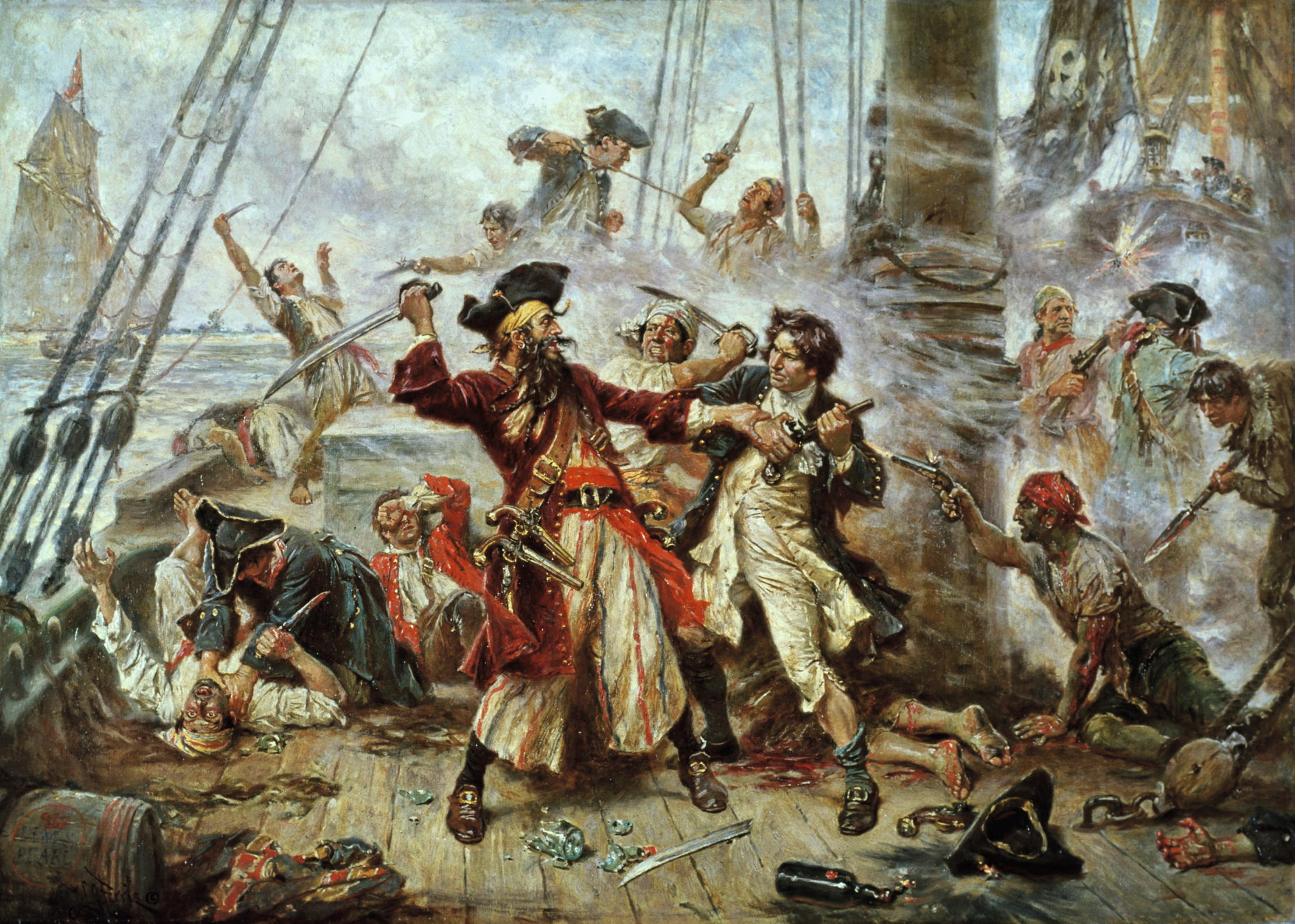
Curious Questions: Why do we still love pirate stories, 300 years on from Blackbeard?
Tales of swashbuckling pirates have entertained audiences for years, inspired by real-life British men and women, says Jack Watkins.
After graduating in Classics from Trinity College Cambridge and a 38 year career in the financial services sector in the City of London, Martin Fone started blogging and writing on a freelance basis as he slipped into retirement. He has developed a fearless passion for investigating the quirks and oddities of life and discovering the answers to questions most of us never even think to ask. A voracious reader, a keen but distinctly amateur gardener, and a gin enthusiast, Martin lives with his wife in Surrey. He has written five books, the latest of which is More Curious Questions.
-
 How Harper Beckham created the perfect gardener's birthday present for her father's 50th — with a little help from David Austin Roses
How Harper Beckham created the perfect gardener's birthday present for her father's 50th — with a little help from David Austin RosesWhen Harper Beckham wanted to commission a rose for her father’s birthday, there was only one man for the job, says Charles Quest-Ritson, as he takes a closer look at the science behind creating a new David Austin bloom.
-
 Oh, my gourd, it’s Hallowe’en: How best to decorate your home with pumpkins, squashes and more
Oh, my gourd, it’s Hallowe’en: How best to decorate your home with pumpkins, squashes and moreAs the feast of All Hallow’s Eve approaches, Debora Robertson advises how best to decorate your home with autumn's edible bounty.
-
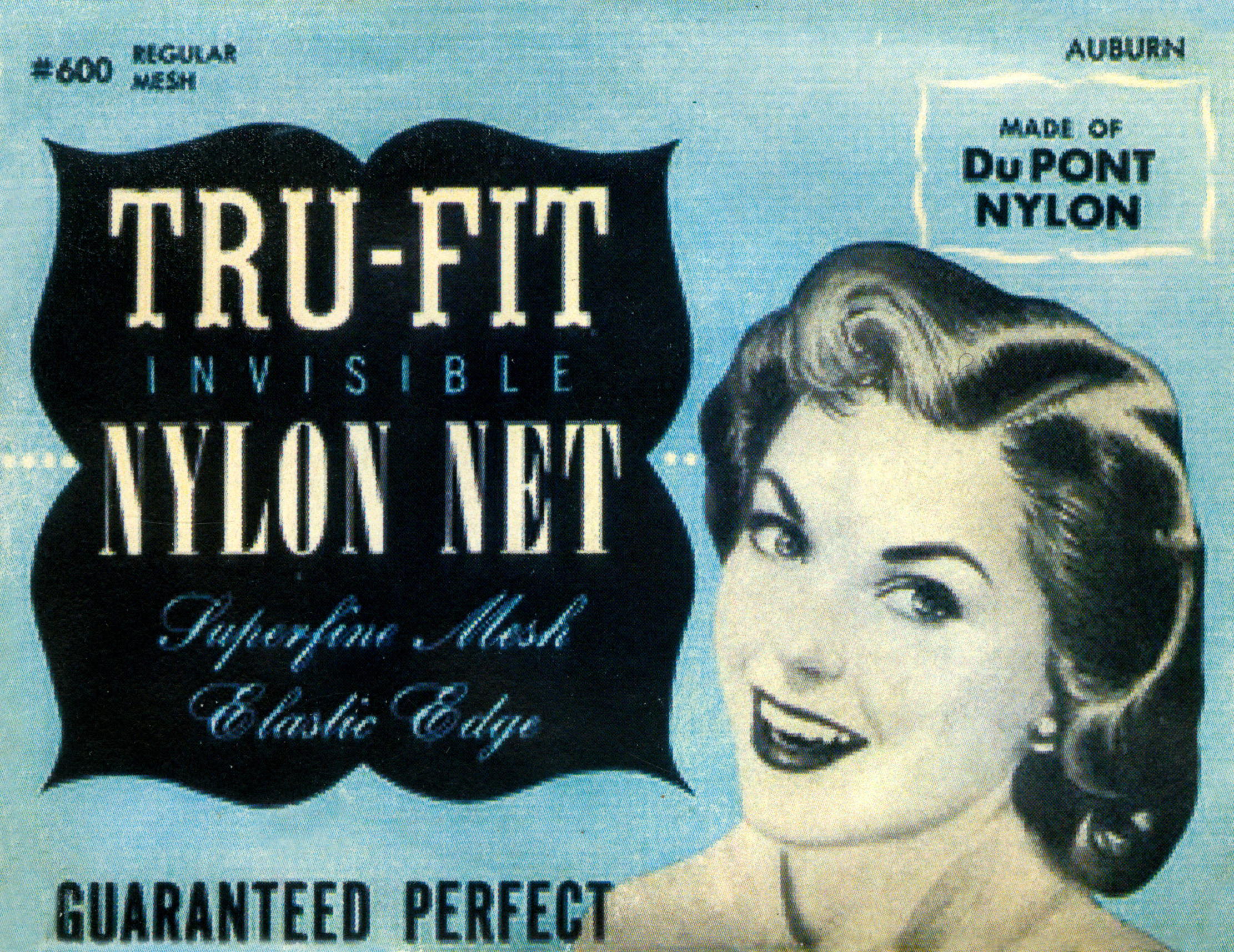 From fighting for stockings to flying on the Moon: How nylon changed the world
From fighting for stockings to flying on the Moon: How nylon changed the worldAlmost 90 years after it was first discovered, Martin Fone looks at the history of this mass produced man-made fibre.
-
 Curious Questions: Why do woolly hats have bobbles?
Curious Questions: Why do woolly hats have bobbles?Some can rock a bobble hat, others will always resemble Where’s Wally, but the big question is why the bobbles are there in the first place. Harry Pearson finds out as he celebrates a knitted that creation belongs on every hat rack.
-
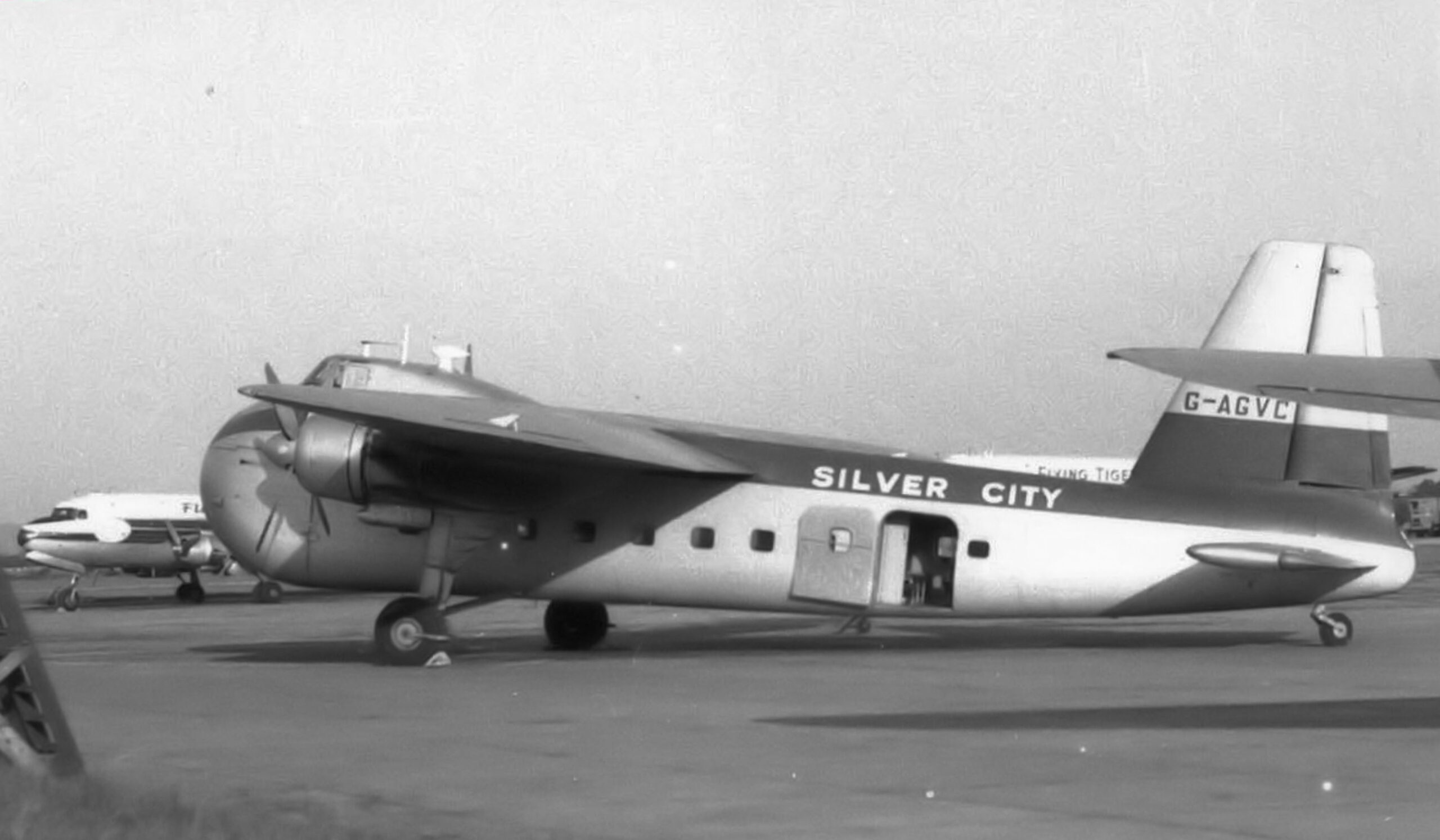 Curious Questions: We used to fly cars across the English Channel in 20 minutes — why did we stop?
Curious Questions: We used to fly cars across the English Channel in 20 minutes — why did we stop?It seems hard to believe, but taking your car across the English Channel to France by air actually pre-dates the cross-channel car ferry. So how did it fall out of use almost 50 years ago? Martin Fone investigates.
-
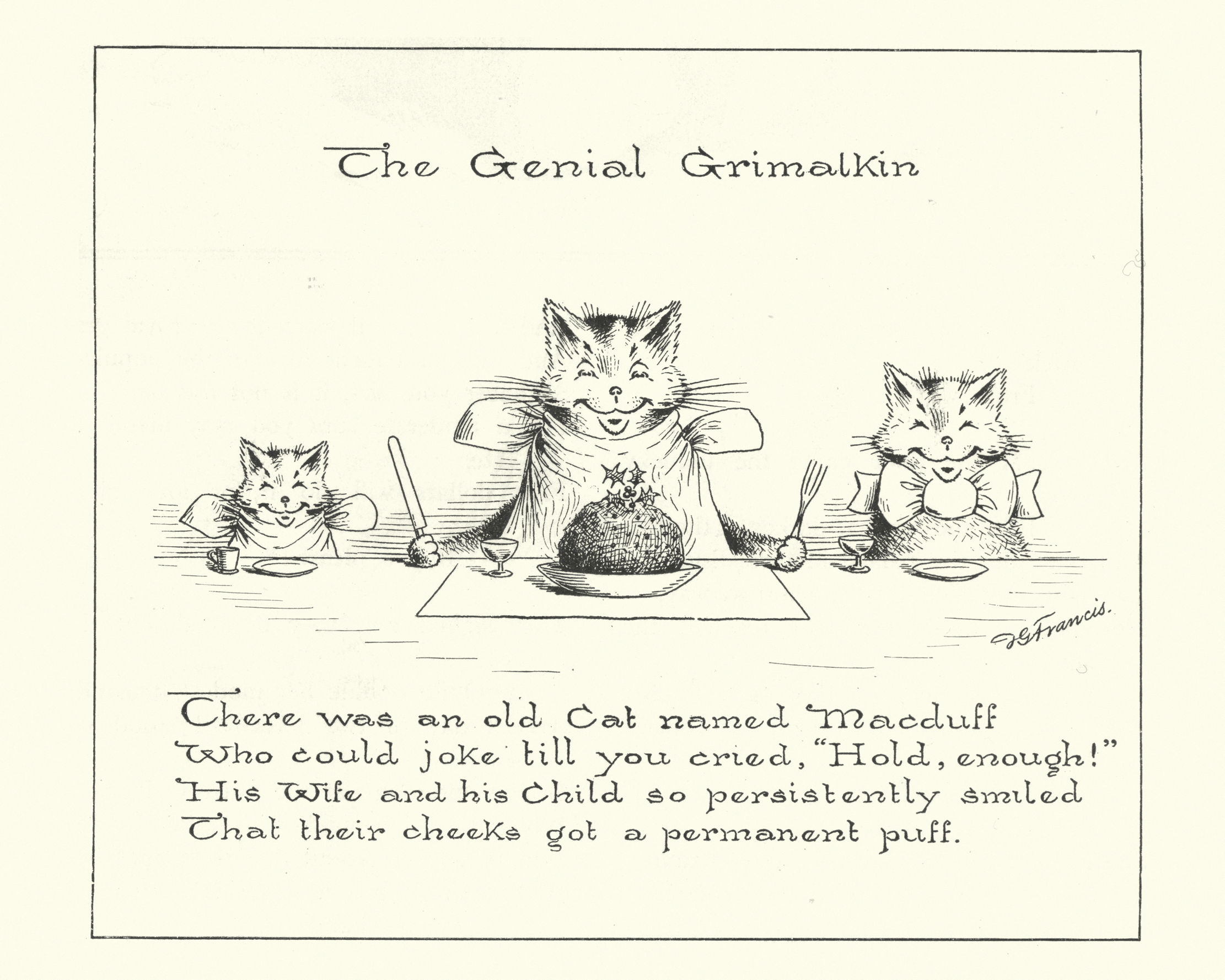 Curious Question: Did the limerick originate in Limerick?
Curious Question: Did the limerick originate in Limerick?Before workers wasted time scrolling Twitter or Instagram, they wasted their time writing limericks.
-
 You rang, your majesty? What it was like to be a servant in the Royal Household
You rang, your majesty? What it was like to be a servant in the Royal HouseholdTending the royal bottom might be considered one of the worst jobs in history, but a life in elite domestic service offered many opportunities for self-advancement, finds Susan Jenkins.
-
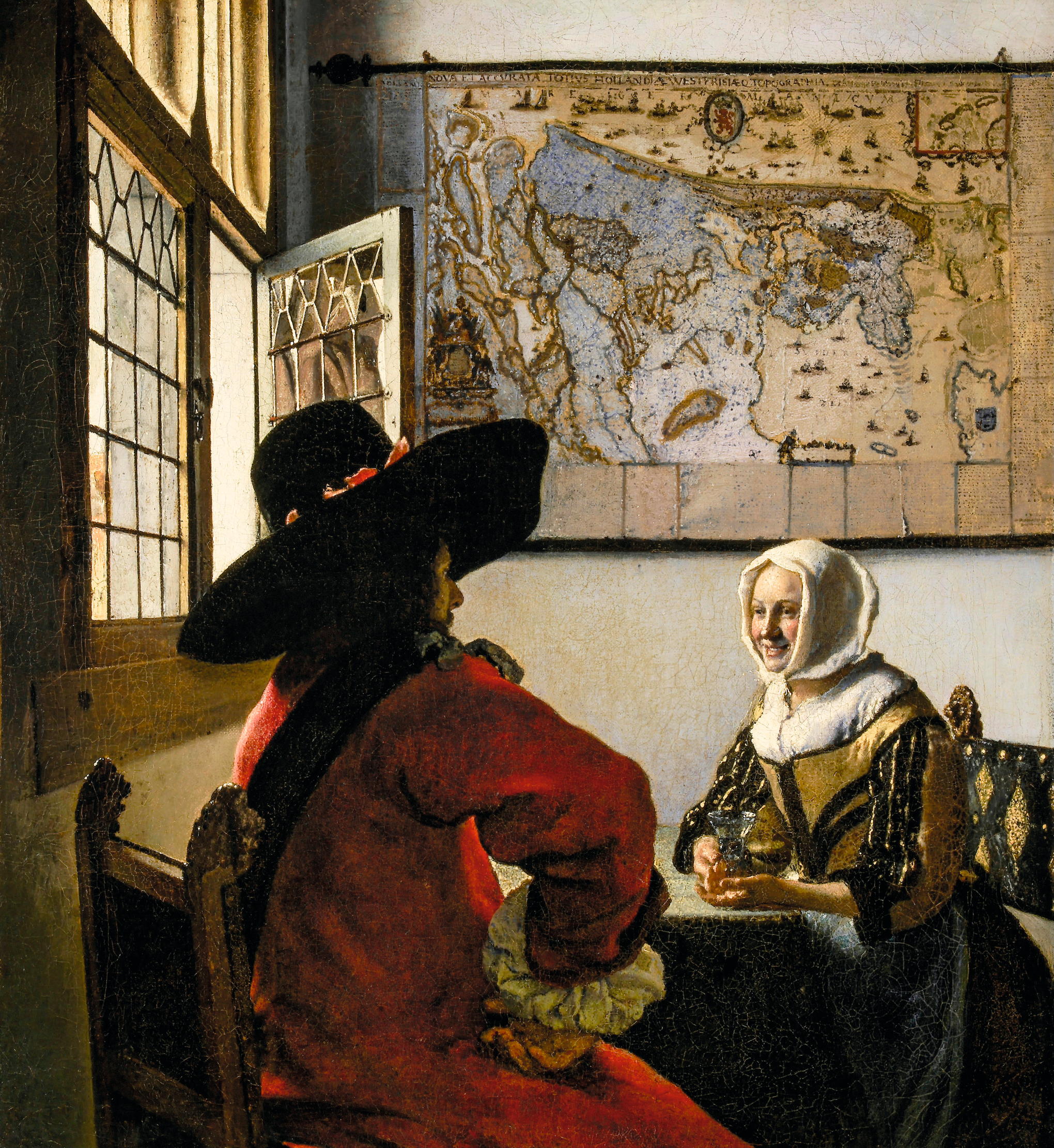 Curious Questions: Why are there so few smiles in art?
Curious Questions: Why are there so few smiles in art?Centuries of portraits down the ages — and vanishingly few in which the subjects smile. Carla Passino delves into the reasons why, and discovers some fascinating answers.
-
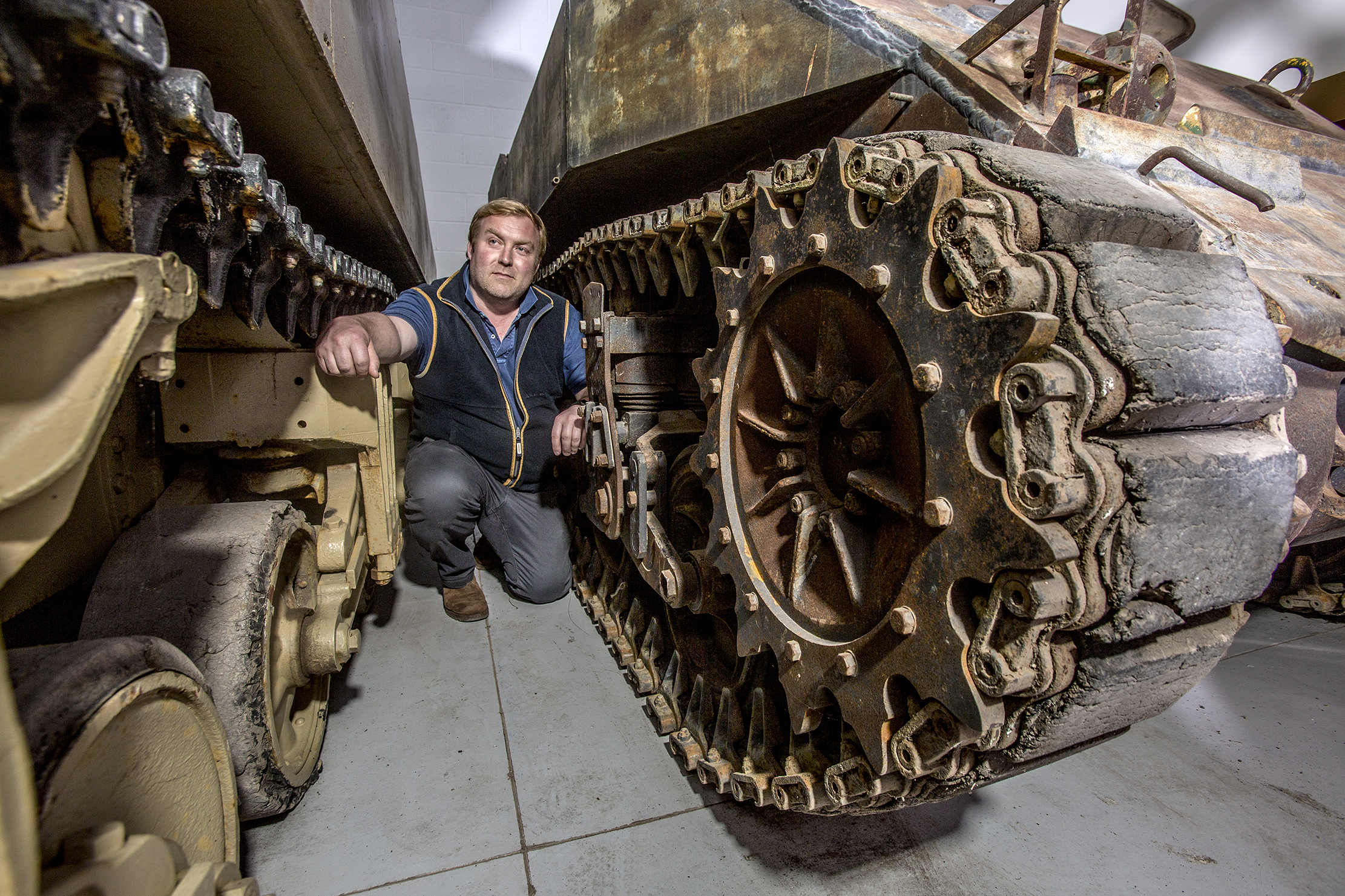 Tanks, tulips and taxidermy: The strange lives of Britain's most eccentric collectors
Tanks, tulips and taxidermy: The strange lives of Britain's most eccentric collectorsFive collectors of unusual things, from taxidermy to tanks, tulips to teddies, explain their passions to Country Life. Interviews by Agnes Stamp, Tiffany Daneff, Kate Green and Octavia Pollock. Photographs by Millie Pilkington, Mark Williamson and Richard Cannon.
-
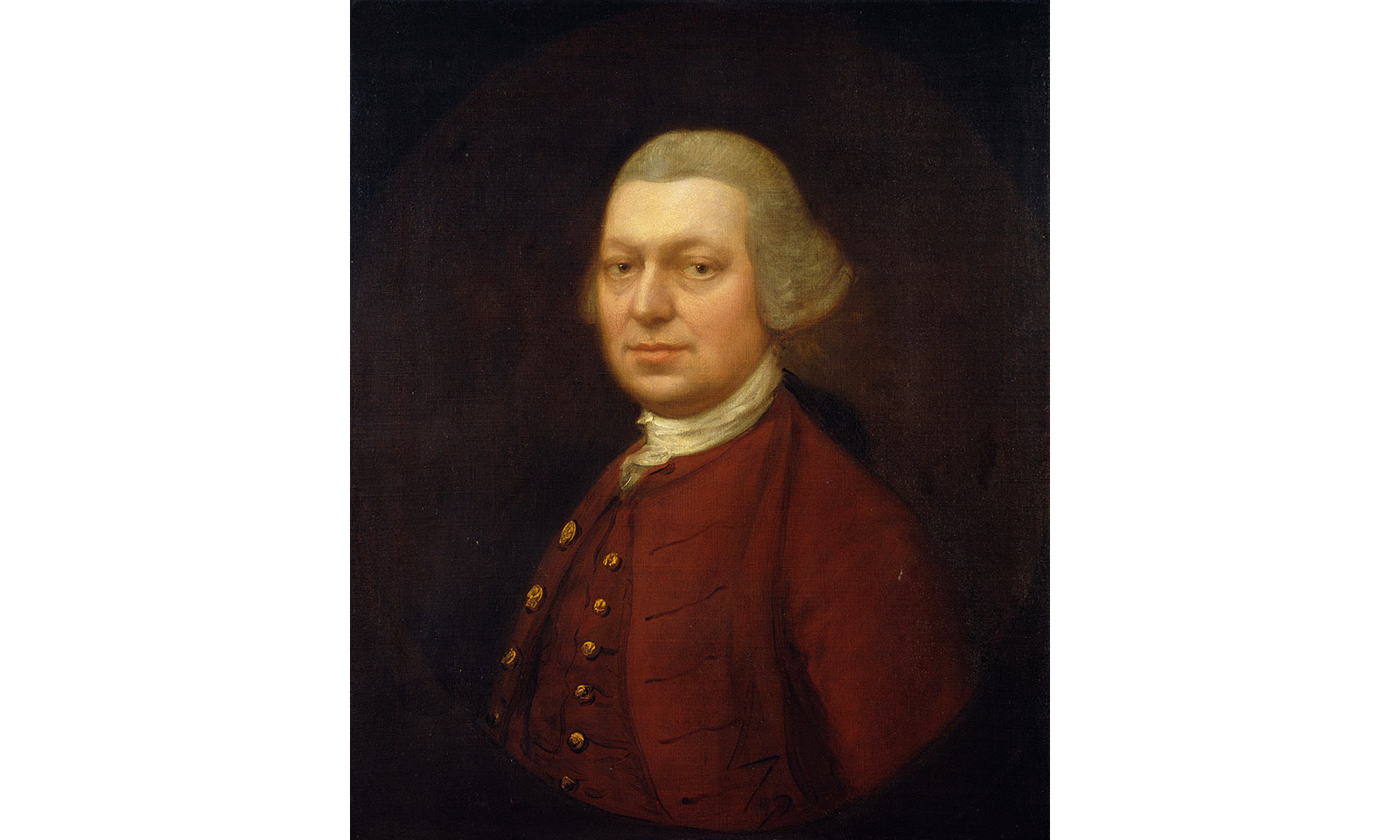 One of the cleverest pictures ever made, and how it was inspired by one of the cleverest art books ever written
One of the cleverest pictures ever made, and how it was inspired by one of the cleverest art books ever writtenThe rules of perspective in art were poorly understood until an 18th century draughtsman made them simple. Carla Passino tells the story of Joshua Kirby.
